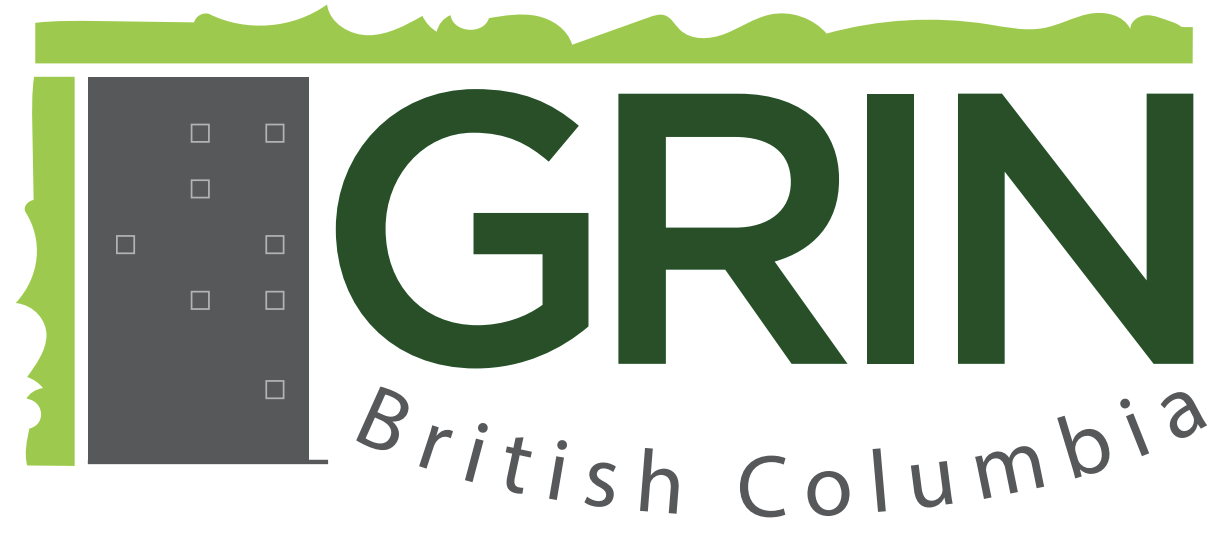
Greening BC Skylines Together...
This FAQ focuses on extensive green roofs (as intensive green roofs can vary dramatically in their design, function and maintenance). Consider also referring to the 2023 Green Roof and Wall Policy in North America: Regulations, Incentives, and Approaches (by Green Roofs for Healthy Cities). For questions not given here, please Contact Us!
Extensive roofs weigh between 60 and 240 kg/m2, which means they can often be retrofitted in place of gravel ballast (used to prevent wind uplift) without the need for structural adjustments (Weiler and Scholz-Barth, 2009).
In Vancouver, a typical extensive green roof (supplied and installed, with 100 mm growing media) costs between 16- $22/ square foot (sf). For a roof between 500-1000 sf, maintenance costs around $0.50/ sf/ year. It's important to note that the majority of green roofs installed here are pre-grown, often as mats, tiles or modules. This "instant green effect" ramps up their expense.
By contrast, in Germany, where the green roof industry continues to grow after over 30 years, a typical extensive green roof costs the equivalent of $6/ sf. Built-in-place systems are the norm in Germany, and many municipalities have policies and incentives that promote green roofs.
For privately owned projects, the values accrue directly to owners. For rental projects, ultimate savings can benefit the owner and renter. When applied to public buildings, the value returns to the public directly. For projects serving economically challenged communities, the resulting benefits contribute directly to meaningfully advancing social equity goals.
Re-roofing is significant expense, and green roofs extend the lifespan of the waterproofing by three-fold. Specifically, green roofs protect the waterproofing from the sun, the elements and extreme temperature fluctuations. The figures below illustrate the temperature fluctuations of the waterproofing membrane of a conventional roof (left) and one protected by a 3” green roof (right). The data was collected over the course of a year at the BCIT Green Roof Research Facility (2005).

Whereas conventional bituminous or asphalt-based roofs have an average lifespan of 10-15 years, protected membranes last two to three times longer (or more). This table compares membrane longevity for vegetated versus conventional roofs, as calculated by different institutes. The conventional roofs here were polymer-modified bituminous sheet membranes, which are black.
Federal High-Performance Green Buildings: Green Roofs. U.S. General Services Administration. (2011).
Green roofs suppress fire and extinguish embers, unlike any type of conventional roof. While fire-resistant Class A roofs are covered by non-combustible components (fiberglass and granules), the asphalt itself is combustible. Why not replace those non-combustible components with plants and soil, which can absorb water, cool and clean the air, etc?
Located in the heart of the Home Ignition Zone, a building’s roof is the critical last barrier in a wildfire. Whether shallow extensive green roofs or roof gardens equipped with irrigation, their layered build-ups protect the waterproofing and roof deck from all forms of damage.
We're developing a synposis of how green roofs suppress fire and will share this when it's ready.
